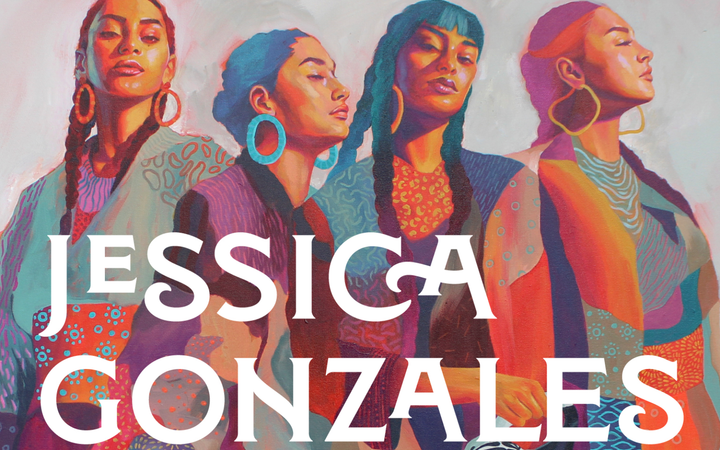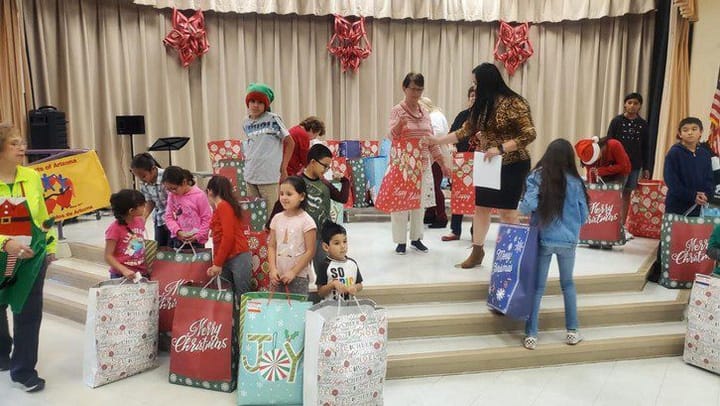Dancing in the Streets breaks ballet barriers in Tucson
Dancing in the Streets is a South Tucson ballet studio that empowers underserved kids, challenges traditional stereotypes, and makes dance accessible to all, including children in wheelchairs.
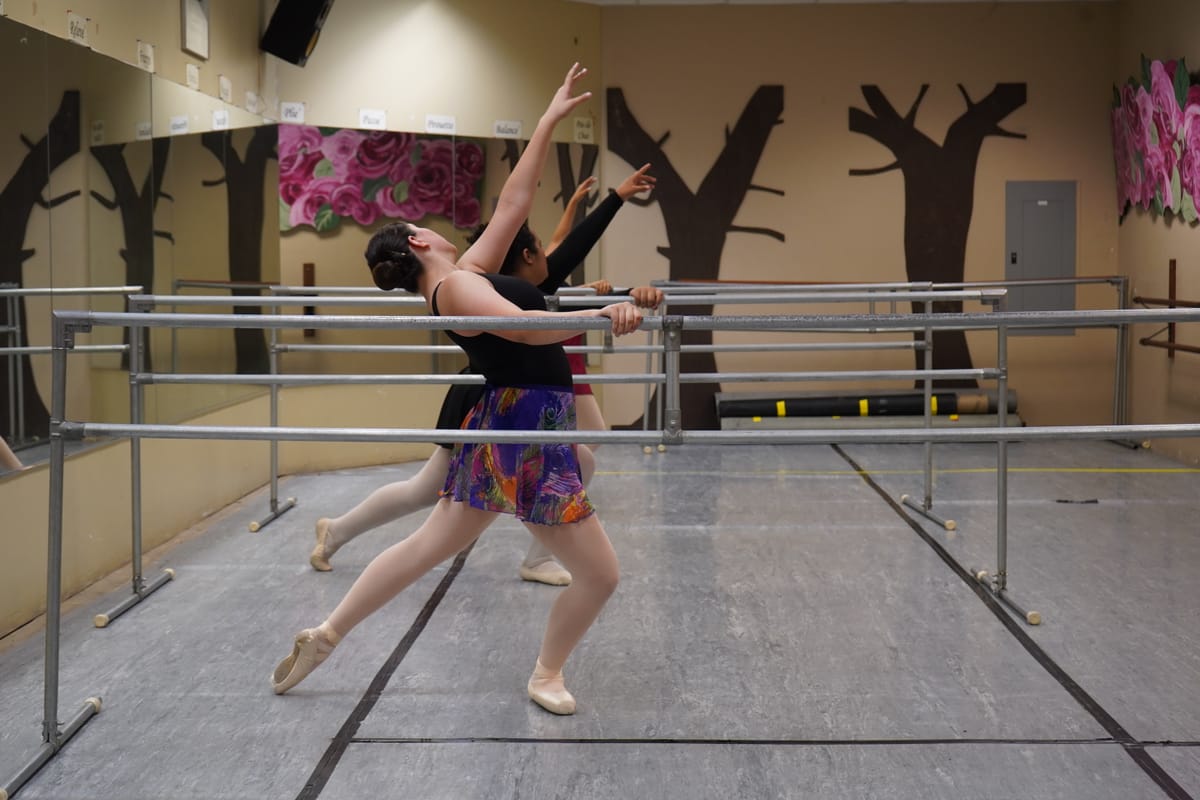
Dancing in the Streets looks nothing like a traditional ballet studio, with thrifted sofas, donated furniture, and decades-old bars that reflect founders Joey Rodgers and Soleste Lupu’s vision to reshape what ballet can be.
Located just outside South Tucson, the nonprofit dance studio has taught underserved youth discipline, empathy, and passion through ballet for the past 18 years.
Despite demonstrated success, the studio has not secured the level of financial backing afforded to other organizations doing similar work.
“For some reason, donors are reluctant to donate in the dollar amounts that they do for larger organizations,” Lupu said. “We’re small, (but) we’ve been here 18 years. We’re still surviving.”
Ballet took Lupu and Rodgers all over the world until they both decided to move back to Tucson in the early 2000s.
They started Dancing in the Streets in 2008 with money they’d been gifted at their wedding. Rodgers had been teaching ballet through a program with the City of Tucson’s Parks and Recreation Department but grew frustrated after being moved to different locations.
“One of the mothers just came to me and said, ‘Joey, I see what you’re going through. Why don’t you just go ahead and start your own thing?’” Rodgers recalled. “I said, ‘You really think so?’ She says, ‘I think so.’’”
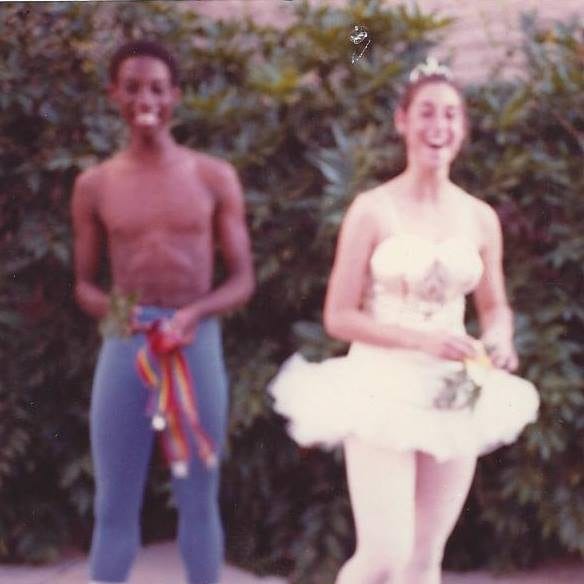
The idea for the studio’s name came from a family get-together. Rodgers walked into a room of kids playing on their phones and told them he had $10 for anyone who could complete a challenge outside.
The kids, eager to win, ran outside where Joey told them they’d get the prize if they correctly executed a ballet move.
He knew the kids wouldn’t be able to mimic his move, but he wanted to get them outside and moving.
“Most of those parents knew how I grew up, so they were very amazed how I got their kids to move like that because they never imagined that their kids could move like that,” Rodgers said. “At that moment, we just knew, we’re going to start a studio.”
It was in that moment, with kids dancing around him, that the name took shape.
In its 18 years, Dancing in the Streets has become more than a dance studio for Lupu and Rodgers: it’s their second home, their second family, and the place they’ve seen children grow into adults.
They don’t just teach dance: they give advice, instill discipline, and connect kids to resources and higher education.
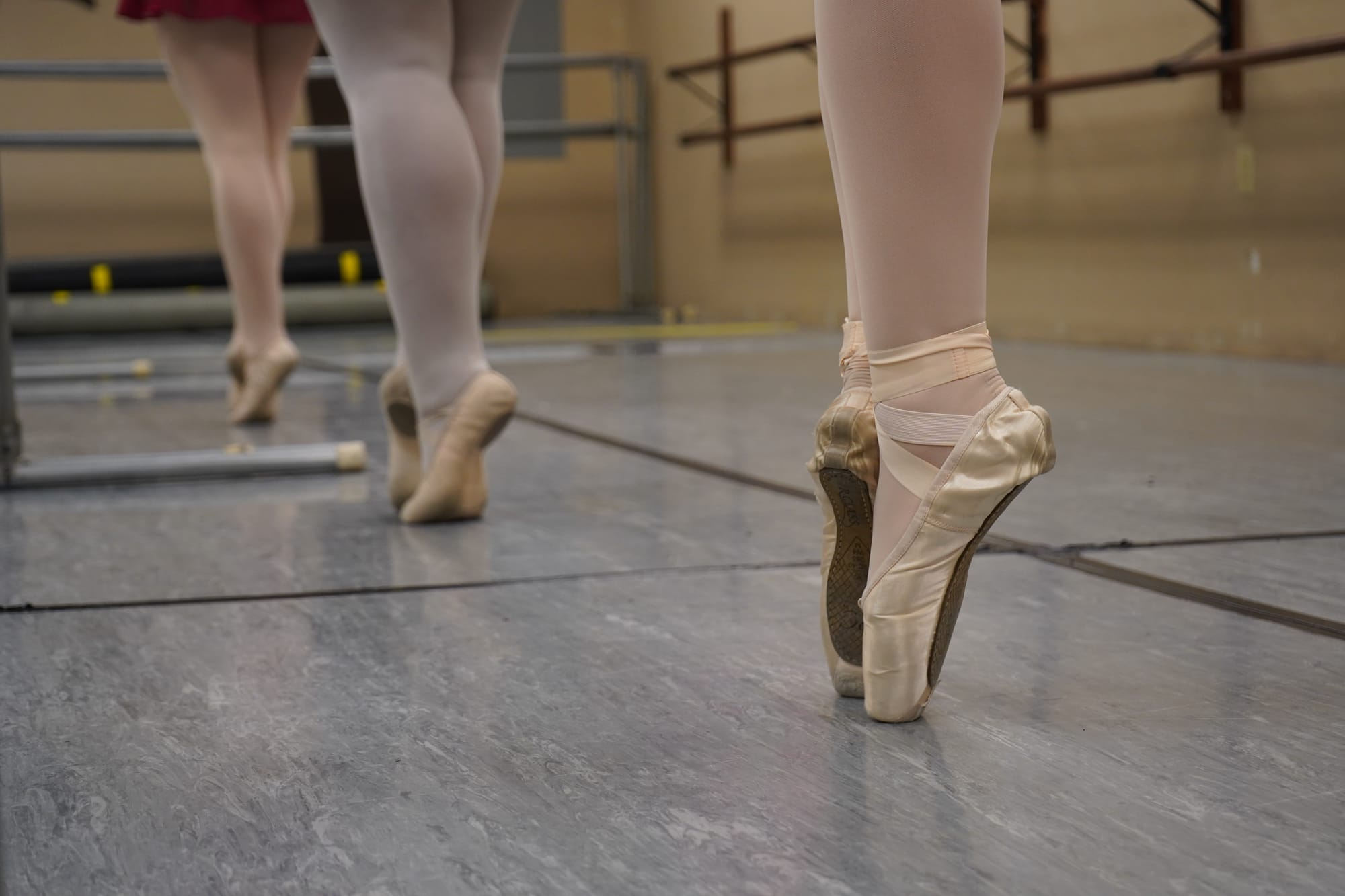
Now, they’re seeing the kids they taught bring their own children to the studio, a full-circle moment for all involved.
Despite the time, their message has always stayed the same: ballet is for everyone.
“A plié is a plié no matter what income level, skin tone, size, religion, politics, whatever,” Lupu said. “A plié here is done the same as a plié anywhere.”
Lupu and Rodgers have worked hard to redefine what the ballet space looks and feels like in their studio and say it’s about taking what they learned and making it better. They aim to use the power of dance to break down cultural barriers and enrich the community’s artistic experience.
They also strive to shield their students from long-standing stereotypes in ballet, including rigid ideas about who can become a ballerina. Lupu remembers being a 15-year-old student with a dream of being a classical ballerina.
“My ballet teacher back then had said to me, ‘I’m sorry you’ll never be a classical ballerina, but you can be a character dancer because of your body,’” Lupu said.
That comment set Lupu on a path of battling an eating disorder throughout her teenage and college years, a struggle familiar to many in ballet’s culture of rigid body ideals enforced by instructors.
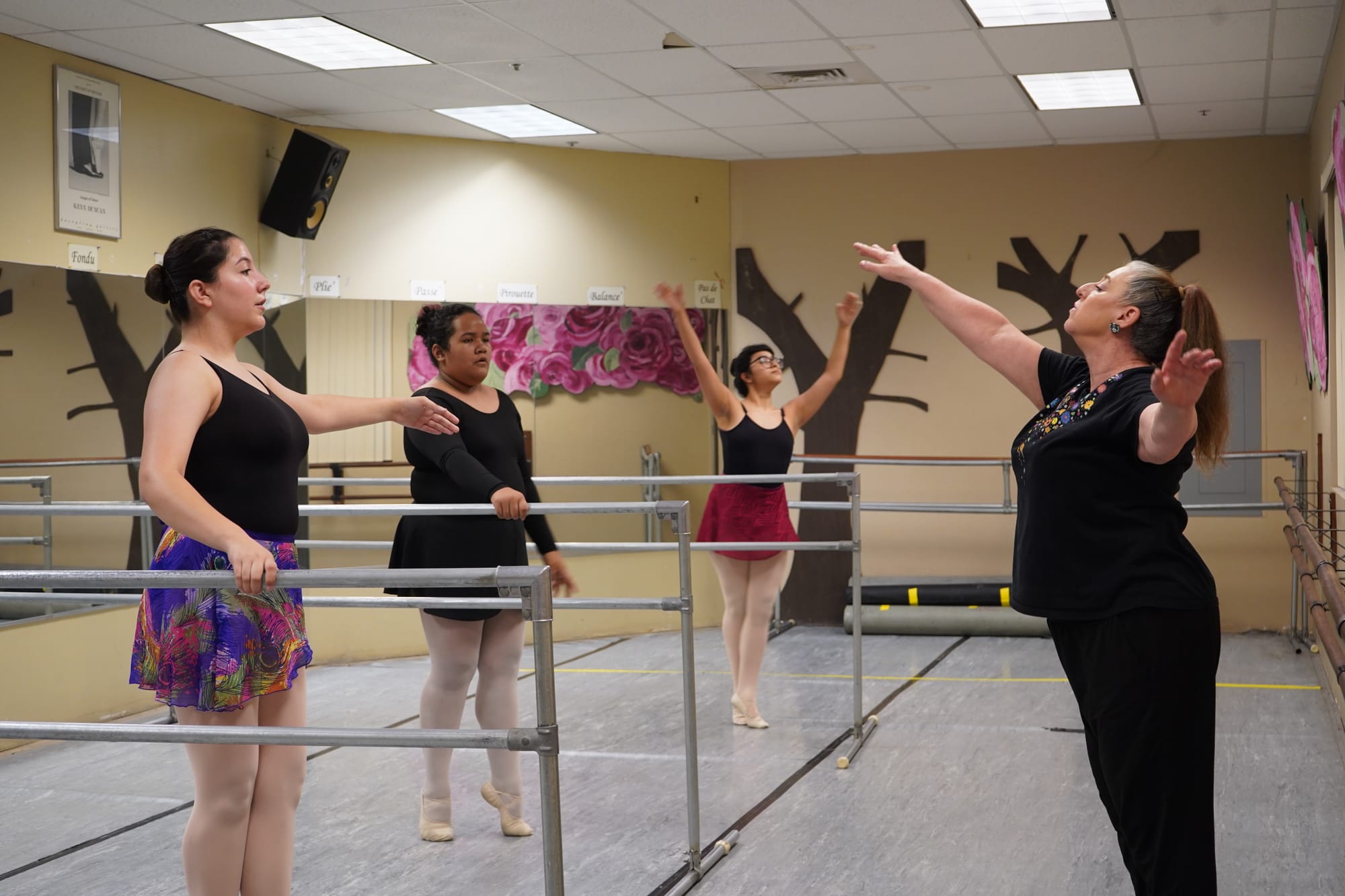
Now, an instructor herself, Lupu is committed to developing students regardless of whether they fit the ideal image of a ballerina. Dancing in the Streets is the only dance studio in Tucson that incorporates wheelchair users into its performances.
One of their fondest memories is including children in wheelchairs in their annual Nutcracker show. When a mother asked how they would dress the wheelchair, she broke down in tears upon hearing they hadn’t planned to alter it.
“I looked at her and I was like, ‘Nothing. I’m costuming your girl, not the chair. That is like their legs to me, it’s part of them,’” Lupu said. “‘You finally understand,’ the mother said.”
According to Rodgers, the choice also allowed other children to engage with the wheelchair and “lose the fear of the apparatus.”
For Lupu and Rodgers, teaching ballet means doing things that go against many of the practices they learned when they were young.
With no plans to leave the neighborhood, they hope to continue providing South Tucson kids an opportunity to be involved in the art through grants and donations.
Susan Barnett is Deputy Editor of Tucson Spotlight and a University of Arizona alum. Contact her at susan@tucsonspotlight.org.
Tucson Spotlight is a community-based newsroom that provides paid opportunities for students and rising journalists in Southern Arizona. Please consider supporting our work with a tax-deductible donation.

